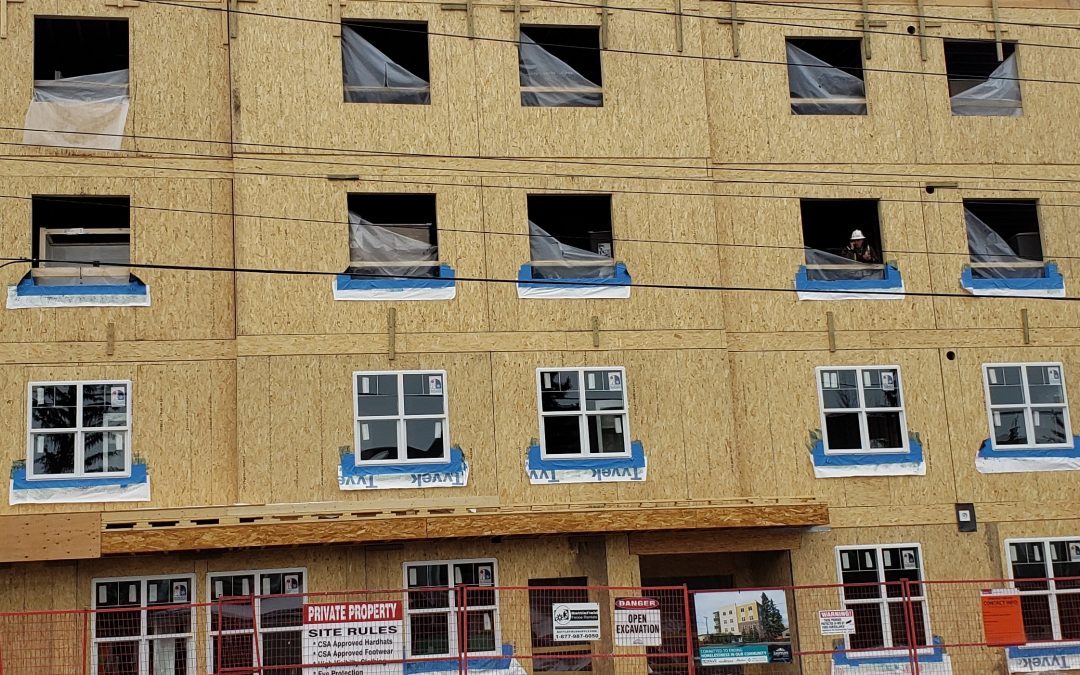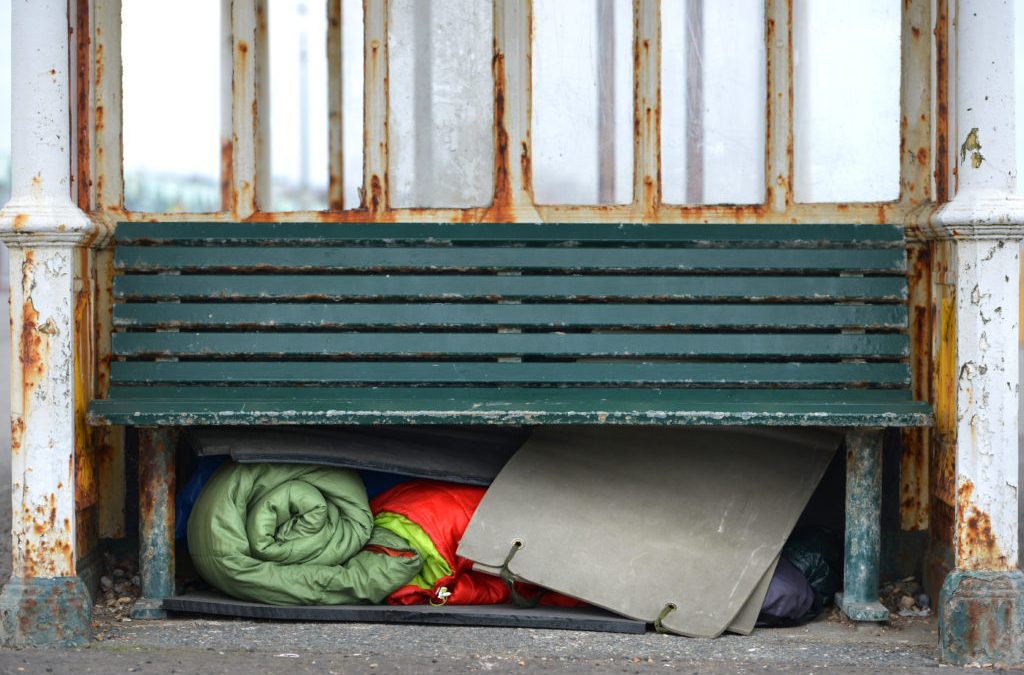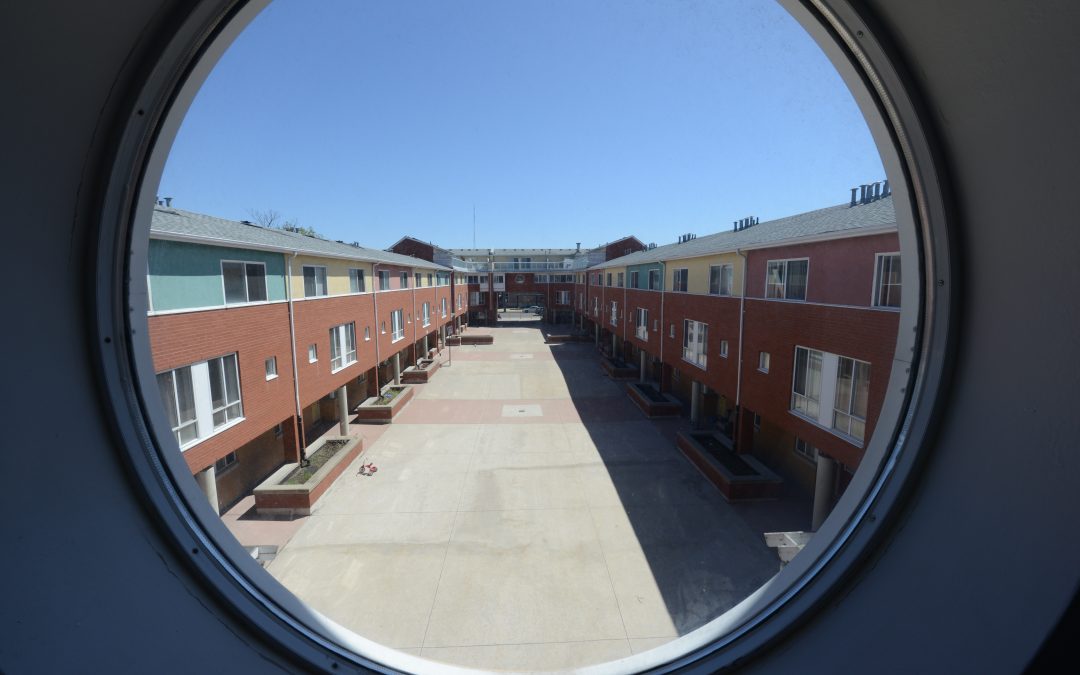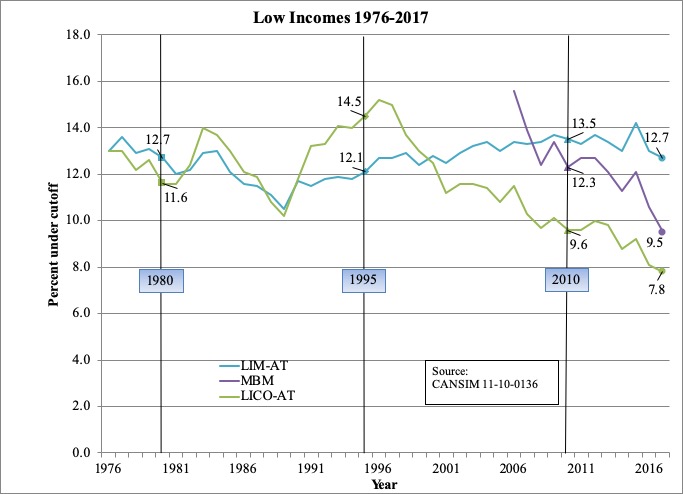
10 faits saillants à retenir du budget fédéral canadien 2021
10 faits saillants à retenir du budget fédéral canadien 2021
An English-language version of this blog post is available here.
Le 21 avril, le gouvernement Trudeau a déposé le budget fédéral 2021. Celui-ci comprend de nouvelles mesures liées à la pandémie[1], une initiative importante de services de garde d’enfants, et plusieurs initiatives pour appuyer les Canadiens à faible revenu (dont des initiatives en logement et en sans-abrisme).
Voici 10 faits saillants à son sujet.
1. Jusqu’à 30 milliards de dollars seront consacrés à l’éducation et aux services de garde pour la petite-enfance. Le gouvernement du Canada a promis qu’« au cours des cinq prochaines années, les parents canadiens de partout au pays [auront] accès à des services d’apprentissage et de garde des jeunes enfants à un coût moyen de 10 $ par jour ». C’est peut-être la politique sociale la plus importante de n’importe quel gouvernement fédéral en 25 ans. Par contre, pour que cette politique soit réalisée correctement, la collaboration des gouvernements provinciaux et territoriaux sera indispensable.
2. Le système d’aide financière pour les étudiants du postsecondaire connaîtra des changements majeurs. Le gouvernement du Canada rendra le système de bourses plus généreux, et celui des prêts plus indulgent. Bien que la valeur des bourses a doublé pour répondre à la pandémie, le budget annonce que ces mesures demeureront en place jusqu’en juillet 2023. De plus, les étudiants qui intègrent le marché du travail et qui gagnent moins de 40 000$ par année seront exemptés du remboursement de leurs prêts, alors que le seuil précédent était de 25 000$[2].
3. Le budget propose d’importantes mesures pour appuyer les personnes ainées, dont les soins de longue durée et un soutien au revenu. Le budget propose 3 milliards de dollars sur cinq ans pour « appuyer les provinces et territoires à assurer que les standards en soins de longue durée […] ». Le budget propose également de remettre un paiement de 500$ aux prestataires de la pension de la Sécurité de la vieillesse (SV) âgés de 75 ans ou plus en août 2021. Il propose également d’augmenter les paiements de la SV à ces prestataires de 10% de manière permanente.
4. Les travailleurs à faible revenu recevront plus d’appui. Le gouvernement du Canada a annoncé qu’il avait l’intention d’augmenter le salaire minimum à 15$/heure, indexé selon l’inflation, « avec des dispositions destinées à garantir que lorsque le salaire minimum provincial ou territorial sera plus élevé, ce salaire prévaudra ». Cette mesure touche plus de 26 000 travailleurs du secteur privé assujetti aux règlementations fédérales. Le budget propose également l’expansion de l’Allocation canadienne pour les travailleurs afin d’appuyer plus d’un million de Canadiens avec des emplois à faible revenu. Signifiant « que pour la première fois, les personnes travaillant à temps plein au salaire minimum bénéficieront d’un soutien considérable grâce à cette importante allocation […] Un travailleur seul à temps plein touchant le salaire minimum pourrait recevoir environ 1 000 $ de plus en prestations que ce qu’il reçoit dans le système actuel ». Cela viendrait appuyer davantage les adultes célibataires sans personne à charge[3].
5. Le budget propose d’importants nouveaux investissements pour les peuples autochtones. Cela comprend « plus de 6 milliards de dollars pour aider à combler les lacunes en matière d’infrastructure dans les communautés autochtones et 2,2 milliards destinés à des mesures pour mettre fin à la tragédie nationale des femmes et des filles autochtones disparues et assassinées ». Malgré l’avis de plusieurs experts, ces nouveaux investissements ne comprenaient pas de stratégie pour le logement autochtone urbain, rural et nordique.
6. Le budget annonce 1,5 milliard en nouveaux fonds pour l’Initiative pour la création rapide de logements (ICRL). Lancée en 2021, ce programme sert à construire de nouveaux logements mobiles, l’acquisition de terrains, et la réaffectation d’édifices en logements abordables. L’ICRL offre des subventions pour la mise sur pied de chaque unité, mais a recours aux gouvernements provinciaux et territoriaux pour financer les coûts opérationnels.
7. L’Allocation canadienne pour le logement sera améliorée. On consacrera 315,4 millions de dollars sur sept ans pour « pour accroître le soutien financier offert directement aux femmes à faible revenu fuyant la violence et leurs enfants afin de les aider à payer leur loyer ». L’annonce de cette prestation remonte à novembre 2017. Malheureusement, plusieurs gouvernements provinciaux et territoriaux tardent à signer des ententes bilatérales avec le gouvernement du Canada, retardant sa mise en oeuvre.
8. Le Fonds national de co-investissement pour le logement (FNCIL) a été amélioré. Ceux-ci comptent 750 millions de dollars en financement, et 250 millions de dollars pour appuyer la construction, la réparation, et les frais de fonctionnement des logements temporaires pour les femmes et les enfants fuyants la violence (il n’est toutefois pas clair quelle proportion de ces montants sont des subventions ou de prêts). Le FNCIL, qui date de 2017, a fait l’objet de critiques puisqu’il offre surtout des prêts, et en raison de son onéreux processus de demande et d’approbation.
9. Ce gouvernement continue à augmenter le financement des initiatives pour lutter contre l’itinérance. Le budget propose 567$ million de dollars de plus, sur une période de deux ans, débutant en 2022-2023, pour le programme Vers un chez-soi (la stratégie canadienne de lutte contre l’itinérance). Le gouvernement maintient donc le niveau de financement issu de l’énoncé économique de l’automne 2021. Le budget propose également 45 millions de dollars sur deux ans pour un projet pilote « visant à réduire le nombre de vétérans en situation d’itinérance à l’aide du versement de suppléments de loyer et de la prestation de services complets pour les vétérans sans abri comme le counseling, le traitement de la toxicomanie et [de] l’aide à trouver un emploi ».
10. Une variété d’autres mesures reliées au logement ont également été annoncées. Parmi celles-ci : une taxe d’un pour cent sur les propriétés vacantes appartenant à des non-résidents; 600 millions de dollars sur sept ans « pour renouveler et élargir le Fonds d’innovation pour le logement abordable, ce qui favorise de nouveaux modèles de financement et des techniques de construction novatrices dans le secteur du logement abordable »; 118,2 millions de dollars sur sept ans pour l’Initiative fédérale de logement communautaire (pour les entrepreneurs de logements coopératifs administrés par le fédéral); une réaffectation d’un prêt de 300 millions de dollars du programme de Financement de la construction de logements locatifs afin d’appuyer la transformation de propriété commerciale vacante en logement locatif; 25 millions de dollars pour de nouveaux logements dans les Territoires du Nord-Ouest; 25 millions de dollars pour de nouveaux logements au Nunavut.
En conclusion. Ce budget consacre d’importantes nouvelles sommes à des initiatives sociales, surtout par le biais de services de garderie. Il prévoit également de nouveaux fonds pour les Canadiens à faible revenu, incluant du logement et des mesures pour lutter contre l’itinérance. Il le fait également à un moment où les coûts liés au service de la dette sont faibles en raison de taux d’intérêt bas.
Je souhaite remercier les personnes suivantes pour leur appui à la rédaction de ce billet : George Fallis, Martha Friendly, Rob Gillezeau, Michel Laforge, David Macdonald, Rianne Mahon, Michael Mendelson, Jeff Morrison, Steve Pomeroy, Shayne Ramsay, Sylvia Regnier, Vincent St-Martin et Greg Suttor. Je souhaite également remercier HomeSpace Society pour l’usage de la photo ci-dessus.
[1] Ceux-ci comprennent le prolongement de la subvention salariale, la subvention sur le logement, la mesure de soutien pour les entreprises et d’autres employeurs jusqu’en septembre 2021. La somme de ces mesures totalise 12.1 milliards de dollars en appui additionnel.
[2] Pour une analyse complète des nouvelles mesures affectant le postsecondaire, jetez un coup d’oeil à cette analyse (en anglais).
[3] Pour plus d’informations concernants les défis financiers des adultes célibataires sans personne à charge, consultez ce rapport récent (en anglais).





